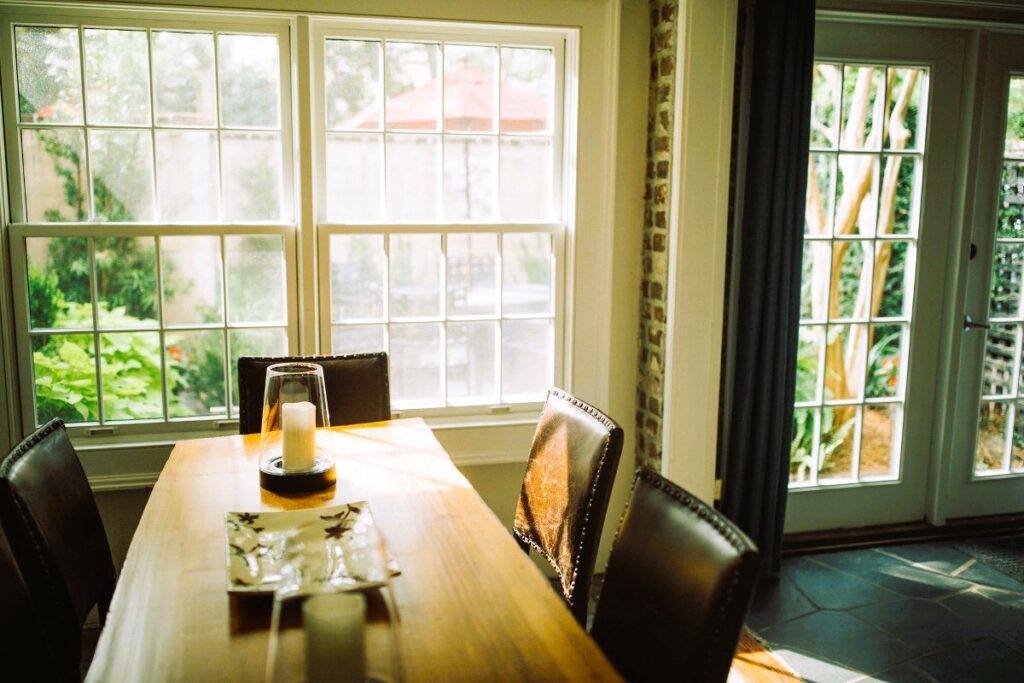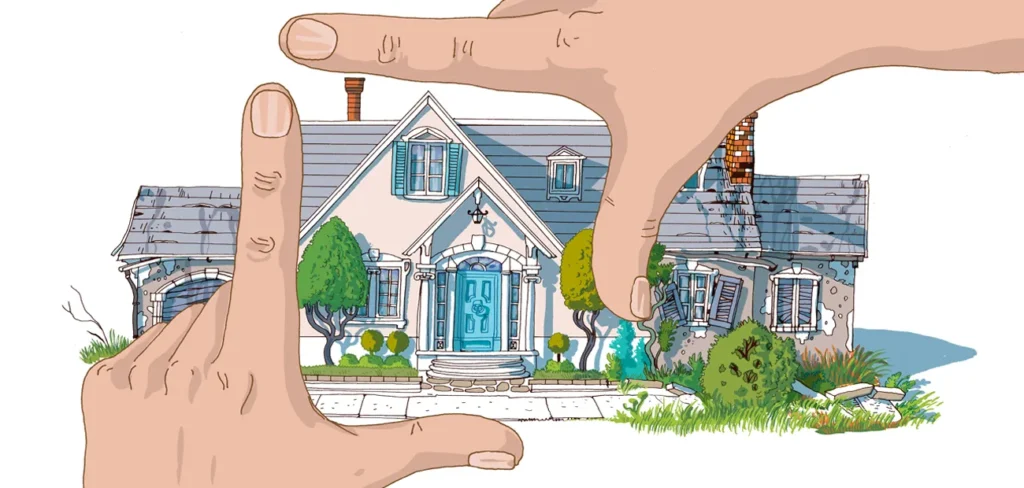As the importance of sustainability and environmental consciousness continues to grow, homeowners in Canada are seeking ways to make their homes more eco-friendly. One area that offers significant potential for energy efficiency and sustainability improvements is windows. By choosing eco-friendly window options, homeowners can reduce their carbon footprint, enhance energy efficiency, and create a healthier living environment. In this article, we will explore various eco-friendly window options available for sustainable Canadian homes.
- Energy-Efficient Window Frames: The choice of window frames can greatly impact the energy efficiency of a home. Opting for eco-friendly materials such as wood, fiberglass, or recycled aluminum frames can help reduce heat transfer and improve insulation. Wood frames, sourced from sustainably managed forests, offer excellent insulation properties and add a natural aesthetic to the home. Fiberglass frames are known for their durability and thermal performance, while recycled aluminum frames provide a sustainable alternative by utilizing recycled materials.
- Low-E Glass Coatings: Low-emissivity (Low-E) glass coatings are a popular feature in eco-friendly windows. These coatings are designed to reflect heat during the summer months and retain heat during the winter, helping to regulate indoor temperatures and reduce reliance on heating and cooling systems. Low-E coatings also minimize the amount of harmful ultraviolet (UV) rays that enter the home, protecting furniture, flooring, and other interior elements from fading.
- Double or Triple Glazing: Double or triple glazing involves the use of multiple layers of glass with air or gas-filled spaces in between. This design significantly improves the insulation properties of windows by reducing heat transfer and minimizing condensation. Double or triple glazing helps maintain a comfortable indoor temperature, reduces energy consumption, and enhances soundproofing. By investing in windows with double or triple glazing, homeowners can create a more energy-efficient and peaceful living environment.
- Insulated Window Frames: In addition to double or triple glazing, the frames of eco-friendly windows can be insulated to further enhance energy efficiency. Insulated window frames feature a thermal break, which is a non-conductive material placed between the interior and exterior portions of the frame. This break helps reduce heat transfer and prevents condensation, leading to improved energy efficiency and a more comfortable indoor environment.

- Window Orientation and Shading: Window orientation and shading techniques play a crucial role in optimizing energy efficiency. South-facing windows receive the most sunlight throughout the day, providing an opportunity for passive solar heating during colder months. On the other hand, east- and west-facing windows are more susceptible to heat gain from the sun, requiring effective shading strategies such as awnings, blinds, or exterior shading devices. By carefully considering window orientation and implementing appropriate shading techniques, homeowners can maximize natural light while minimizing heat gain or loss, ultimately reducing energy consumption. Architectural Windows: Adding Drama and Visual Interest to Canadian Homes.
- Smart Window Technologies: Advancements in technology have led to the development of smart window systems that contribute to energy efficiency and comfort. These windows are equipped with sensors and automated controls that adjust the transparency or tint of the glass based on external conditions. Smart windows can automatically block excessive sunlight, reducing the need for air conditioning and improving indoor comfort. Additionally, they can be integrated with home automation systems, allowing homeowners to control window settings remotely and optimize energy usage.
- Consideration of Local Climate and Building Codes: When selecting eco-friendly window options, it’s essential to consider the local climate and building codes. Different regions in Canada experience varying climates, including extreme temperatures, high winds, or heavy precipitation. Choosing windows that are specifically designed and tested for the local climate can ensure optimal performance and durability. Additionally, compliance with local building codes and energy efficiency standards is crucial to ensure that the windows meet the required environmental standards.
In conclusion, eco-friendly window options provide homeowners in Canada with an opportunity to make their homes more sustainable and energy-efficient. By selecting energy-efficient window frames, incorporating low-E glass coatings, opting for double or triple glazing, using insulated window frames, considering window orientation and shading, exploring smart window technologies, and adhering to local climate and building codes, homeowners can make significant strides in reducing their environmental impact and creating a healthier and more sustainable living environment.





